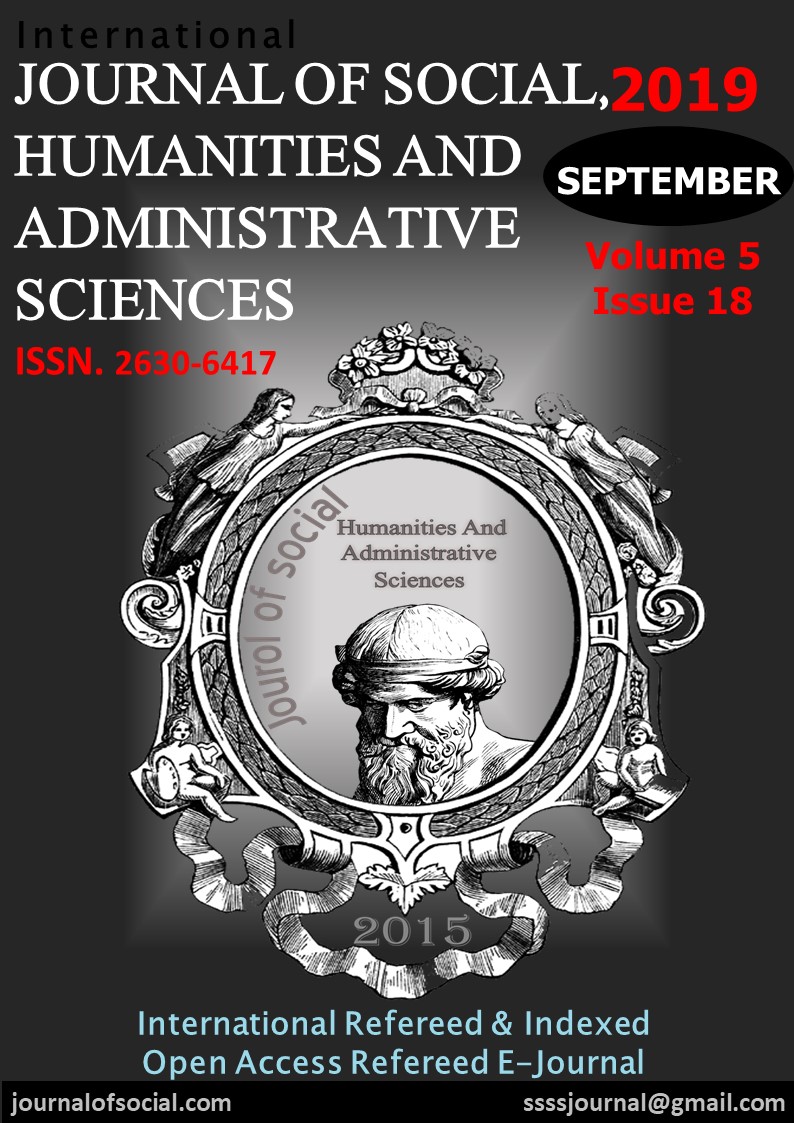Author :
Abstract
Ölüm kavramı başlangıcından bu yana hayatın bir parçası olduğu gibi sanatın da bir parçası olmuş ve defalarca konu olarak işlenmiştir. Ölüm sonrası ya da postmortem hatıra fotoğrafçılığı ise sanat dünyasına Viktoryan Dönemde ürpertici bir şekilde dâhil olmuştur. Viktorya Dönemi insanlık tarihinde oldukça hastalıklı bir zamandır. Çağın en rahatsız edici geleneklerinden biri ise ölüm sonrası hatıra fotoğrafçılığının yaygınlaşmasıdır herhalde. İnsanlar ölmüş olan sevdiklerinden hatıra kalması umuduyla son bir girişimde bulunarak onların cesetlerinin fotoğraflarını çektirmişlerdir. Bu fotoğraflar bazen sadece ölen kişinin tek başına yer aldığı kompozisyonlardan oluşurken bazen de aileleriyle birlikte fotoğraflandırılmışlardır. Bugün için bu hareket oldukça sıra dışı bir psikolojinin ürünü olarak düşünülse de o zamanlar insanların sevdikleri için düzenlediği son bir anma töreni olarak görülmüştür. Cesetleri fotoğraflamak kısmına gelindiğinde bu işin o kadar da basit olmadığı bilinmektedir. Türlü makyaj hileleri, cesedi ayakta yahut oturur pozisyonda tutacak çeşitli alet edevat, yer yer fotoğrafların üzerine yapılan çizimler, cesedin yüzünde oluşturulması güç ifadeler oldukça uğraştırıcıdır. Tabi bir de ceset formu bozulmadan evvel her şeyin tamamlanmış olması şarttır. Çekim işlemleri bazen uzun sürdüğünden cesedin formunun bozulmaması için bir takım kimyasal çözümler kullanılmıştır. Bu işlemler sonrasında ceset; kuru, kokusuz ve ölüm öncesindeki beden yapısına benzer şekilde daha canlı görünür kılınmaktadır. Fotoğraf makinesinin icadı ile kullanılmaya başlanan ilk fotoğrafik görüntü elde etme yöntemi daguerotip olmuştur. Günümüzün dijital fotoğraf teknolojisi ile kıyas bile yapılamayacak zorluktaki bu görüntüleme tekniği ile insanlar kımıldamadan, yüzdeki ifadeyi bozmadan ölmüş olan sevdikleri ile poz vermişler, iyi ihtimalle 15-20 dakikalık bir sürece maruz kalmışlardır. Bu araştırma yapılırken tarihsel yöntem tekniği kullanılmıştır. Sonuç olarak Viktorya Dönemi’nde ortaya çıktığı düşünülen ölüm sonrası hatıra fotoğrafçılığının neden, nasıl ve hangi psikoloji ile ortaya çıktığı incelenmiş ve görselleri ile ortaya konulmuştur.
Keywords
Abstract
The concept of death has been a part of art as well as part of life since its inception, and it has been processed many times as subject. After death or postmortem photography were included in the art world chillingly in the Victorian Period. The Victorian Period is a very morbid time in human history. One of the most disturbing traditions of the era is probably post-mortem photography. People have made one last attempt and they have taken pictures of dead bodies of loved ones with the hope of being a memory from them. These photographs are sometimes composed only of the compositions of the deceased person, but sometimes they are photographed together with their families. Today, although this movement is considered to be the product of an extraordinary psychology, it was seen as a final commemoration ceremony for those who loved it. It is known that this is not so simple when it comes to photographing corpses. The kind of make-up tricks, the various tools that will hold the body standing or sitting in position, the drawings made on the photographs in places, the difficult expressions on the face of the body are quite troublesome. Of course, it is imperative that everything is completed without corruption of the corpse's form. Because the shooting process sometimes takes a long time, some chemical solutions have been used to prevent the corpse form from breaking down. After this process the body; dry, odorless, and more vividly similar to the body structure before death. The first photographic image acquisition method used with the invention of the camera was the daguerreotype. People posed with their loved ones who died without moving, without disturbing the expression on the face, they were probably exposed to a process of 15-20 minutes with this imaging technique, which cannot be compared with today's digital photography technology. Historical methodology was used in this research. As a result, why, how and with what psychology the post-mortem souvenir photography, which was thought to have emerged during the Victorian Era, was examined and presented with its visuals.
Keywords
- Altaş, C. (2014). “Ölüm Sonrası Fotoğrafçılığı Postmortem”, http://birgunbiryerde.blogspot.com
- Altaş, C. (2014). “Ölüm Sonrası Fotoğrafçılığı Postmortem”, http://birgunbiryerde.blogspot.com /2014/04/olum-sonras-fotografclg-post-mortem.html.
- Bell, B. (2016). “Taken from life: The unsettling art of death photography”, https://www. bbc.com/news/uk-england-36389581.
- Cluff, T. (2014). “Peaceful Ironies: The History and Aesthetics of Postmortem Photography inQuebec and Ontario (19th and 20th Centuries)”, Concordia University Library, Spectrum Research Repository. https://spectrum.library.concordia.ca/978903/1/Cluff_MA_F2014.pdf.
- Guynn, B. A. (2008). “Postmortem Photography”, Encyclopedia of Nineteenth-Century Photography, (vol 1, A-I): 1164-1167, New York.
- Marks, A.(2016). “Death and the Daguerreotype: The Strange and Unsettling World of VictorianPhotography”, https://creators.vice.com/en_uk/article/pgqj3z/the-daguerreotype-unsettling-world- of-victorian-photography.
- Oskay, H. A. (2016). “Cansız Bedenin, Sanatın Konusu Haline Gelmesi ve Postmortem Fotoğraf”, İdil Dergisi, 5(27): 2001-2014.
- Snyder, R. (1996). “in Secure the Shadow: Death and Photography America by Jay Ruby”, American Historical Review, 101(5): 1608-1609.
- Şen, Ü. S. (2005). “Sanat Eğitiminde Bilimsel Araştırma Yöntemlerinin Kullanılması”, Atatürk Üniversitesi Sosyal Bilimler Enstitüsü Dergisi. 5(1): 343-360.





